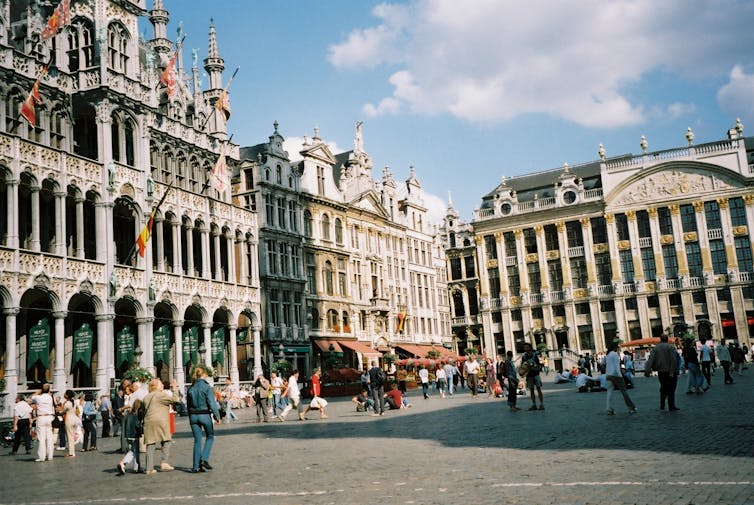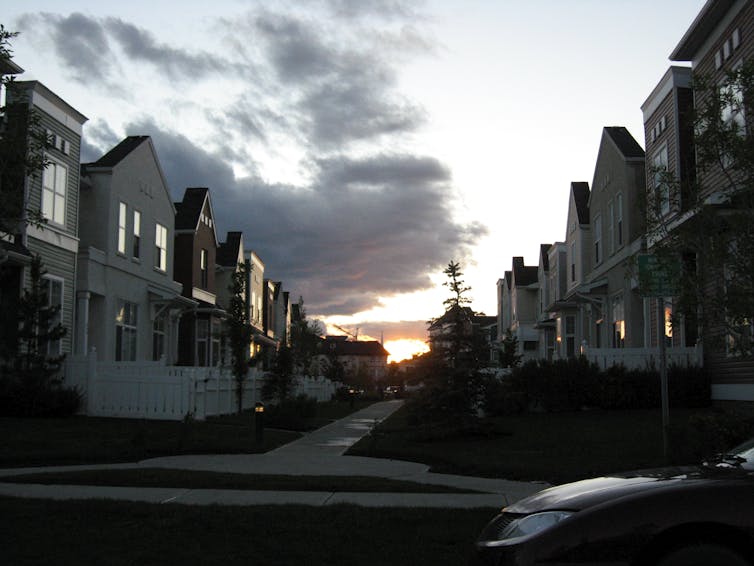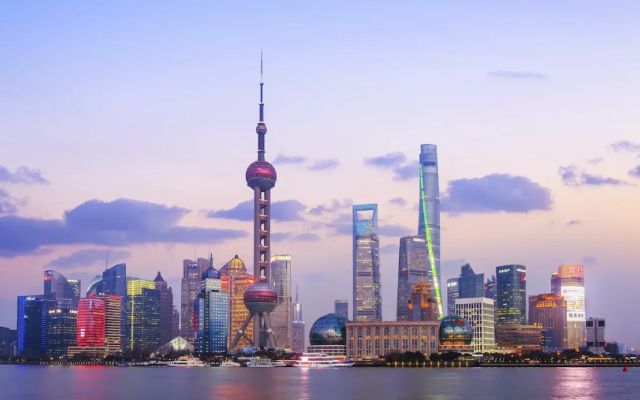 Jill L Grant, Dalhousie University
Jill L Grant, Dalhousie University
For decades, epidemiologists have warned of the risks of new pandemics in our world of stressed natural environments, densely populated cities and global travel networks. The history of the relationship between cities, the environment and disease shows that cities and civilizations have always been vulnerable to the rapid spread of infections: what the ancients called plagues.
While societies often rebounded from such catastrophes, outbreaks set the stage for subsequent social and political change. For instance, plague during the third century helped undermine the Roman Empire not only by decimating the population but also by weakening the economic, cultural and religious underpinnings of urban and state structures.
As recovering Romans increasingly converted to Christianity, they refused to contribute to maintaining temples and fountains associated with pagan gods. Grand cities began to decline.
In the 14th century, the Black Death killed a third to a half of Europeans. In the aftermath, towns that in previous years had expanded their walls to accommodate growth found themselves with open space that Renaissance aristocrats and their urban designers subsequently transformed into parks, urban squares and promenades that now grace the great cities of Europe.
How recovery built cities
Waves of epidemics following European contact in the 15th century devastated cultures across the Americas, leaving towns emptied and sophisticated knowledge lost.
Cholera and other outbreaks in the crowded and unsanitary cities of the 19th century led not only to major sanitary reforms but to the institutionalization of public health measures and town planning practices. The desire for ventilation and daylight that Victorian-era epidemics reinforced influenced the streets, parks, urban spaces and homes we planned and built through the 20th century.

History reminds us that civilizations and cities create the conditions within which diseases rise and spread; pandemics in return can change important features of cities and civilizations.
Cities challenged by the pandemic
In his 1912 pamphlet “Nothing gained from overcrowding”, the British town planner Raymond Unwin advocated a maximum of 12 houses per acre. By the 1990s, the planning preference for relatively low urban densities, which contributed to sprawl and suburbanization, was replaced in many Western nations with policies encouraging high densities, mixed use and transit-oriented development thought to enhance the efficiency of infrastructure and services.

The current pandemic challenges contemporary planning prescriptions for urban livability and economic vitality. Cities face significant risks during density-susceptible epidemics, with numbers of cases and death rates linked to population density and city size.
Many cities have closed the green spaces intended to provide recreation for the residents of dense neighbourhoods, leaving home-bound residents of small units feeling trapped, especially if they have children to keep active and engaged. The poorest urban residents lack adequate shelter and sanitation to stay safe and socially distanced.
Read more: How to keep your children active and healthy while in coronavirus isolation
Essential transit systems, often feared as nodes and corridors for virus spread, are operating below capacity. Mixed-use zones with concentrations of cafes, fitness studios and restaurants are struggling to survive as the “third places” valued for social interaction have had to go virtual.
Higher death rates among racialized populations and racist attacks against Asian residents threaten planning’s commitment to diversity and integration. The usual strategies for designing cities may need to be reconsidered.
What can cities learn from lockdown?
What lessons can cities draw from this crisis to inform future planning? We may need to reconsider the push for higher urban densities. Crowded housing increases contagion risks.
After being cooped up in towers for months on end, urban dwellers may begin to look at suburban lots more longingly than they did in past: living preferences may change. Everyone needs some access to outside space for mental health and exercise. We may want to consider broader park paths or longer benches that enable physical distancing, or better strategies for managing who uses space when. Those who can walk to work or to shop are appreciating that ability during these times, but we need to ensure that more have that choice.
The pandemic has brought inequality into stark relief. Everyone needs a living income to keep us all safe. Governments need to plan decent housing for all, not only for social justice reasons but for public health.
Although it’s too early to predict the long-term impacts of the pandemic on our cities, our societies and ourselves, we know that things will never be quite the same again. We need to learn the lessons of our current difficulties and plan effectively to meet the challenges ahead.![]()
Jill L Grant, Professor Emeritus, School of Planning, Dalhousie University
This article is republished from The Conversation under a Creative Commons license.


















